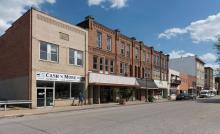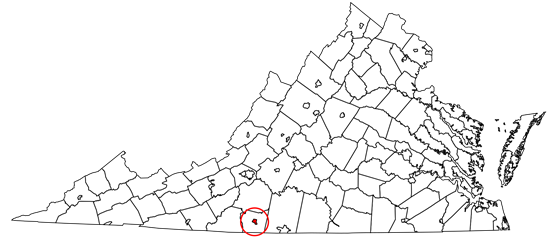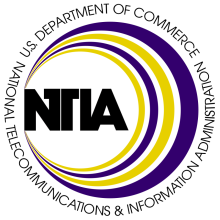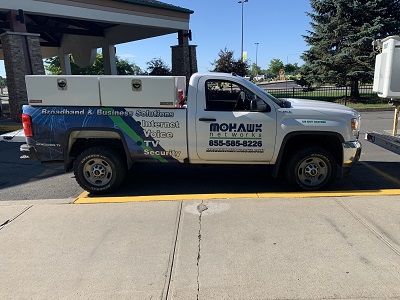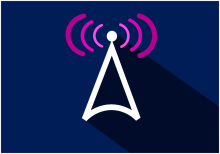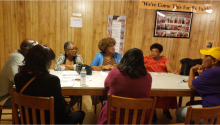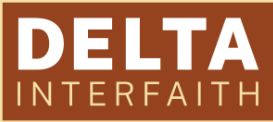ILSR Launches New Digital Opportunity Lab
As ILSR continues to support local communities in solving Internet connectivity challenges, the Community Broadband Networks (CBN) team has kicked off a new initiative deep in the heart of Texas we are calling the Digital Opportunity Lab.
It mixes elements from the on-going Tribal Broadband Bootcamps with ingredients from CBN’s community engagement work to create a customizable-program in support of digital equity coalitions and community leaders amid a national effort to unlock the participatory benefits of broadband for all.
“Our focus isn’t on telling communities what they should or shouldn’t do,” ILSR Community Broadband Networks Director Christopher Mitchell explained. “We zero in on demystifying the technology involved, illuminating the digital landscape as it functions today, and share what we’ve learned and distilled after nearly two decades of documenting what local communities are doing to bridge multiple digital divides.”

Digital Opportunity Lab Debut
In a colonia outside of Pharr, Texas – nestled in the Rio Grande Valley – the first Digital Opportunity Lab convened last week with a focus on high school-aged students.





